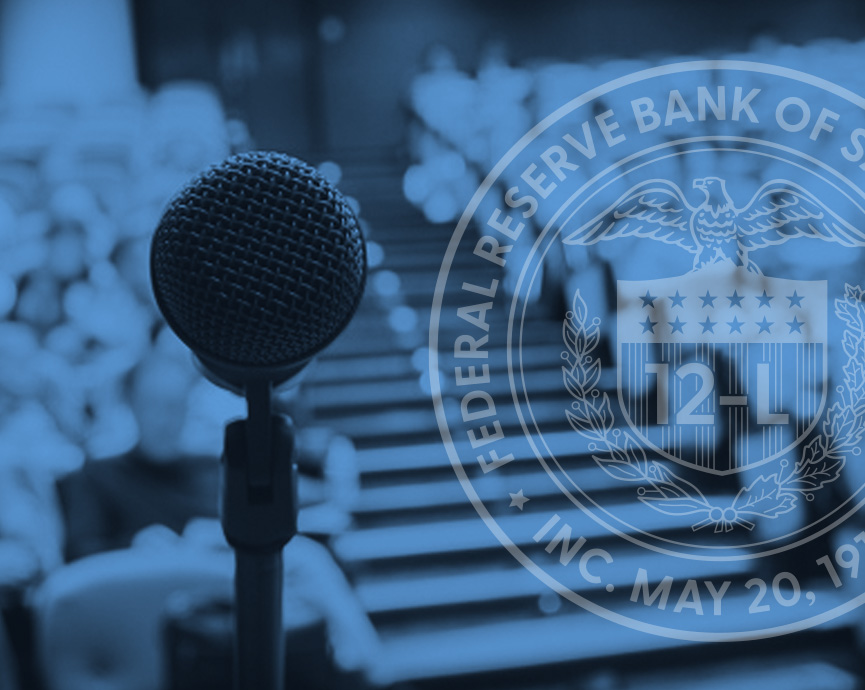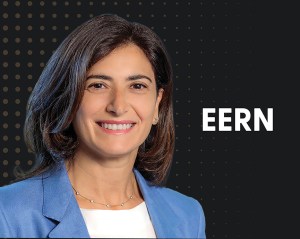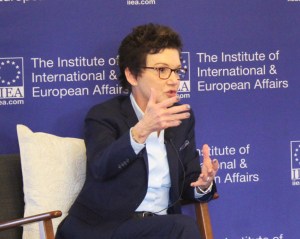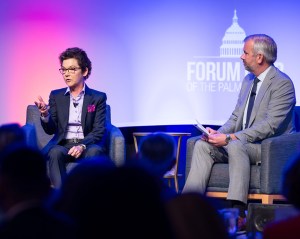Events
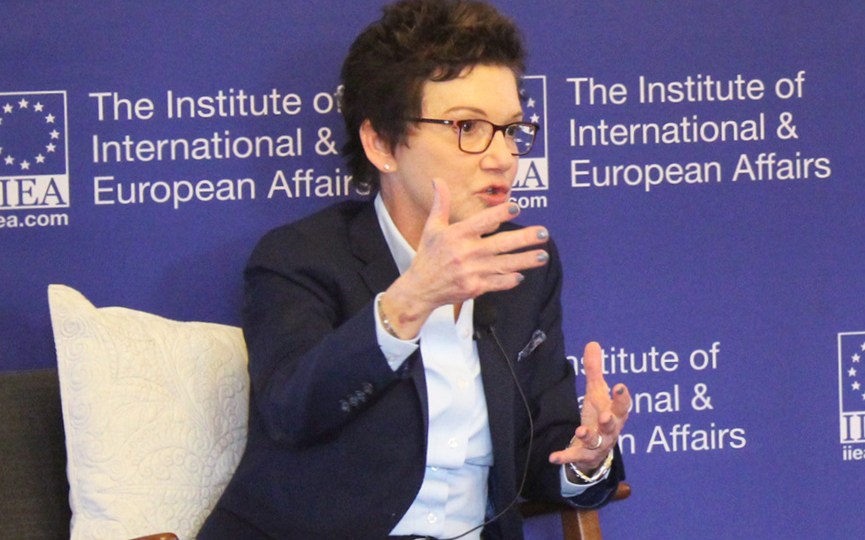
Keynote Remarks by Mary C. Daly at the Institute of International and European Affairs
Nov 13
SF Fed President Daly discussed principles for modern central banking at the Institute of International and European Affairs in Dublin.
Event Highlights
